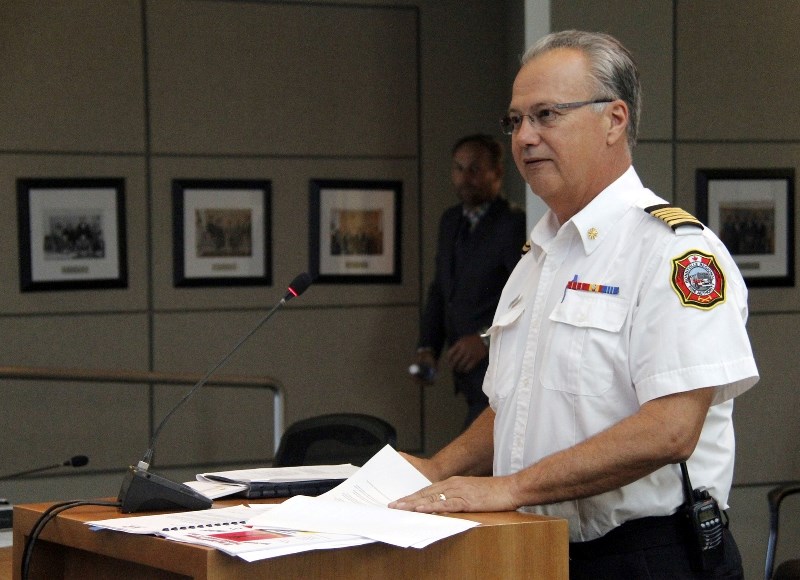High water levels have left millions of dollars in damage to farms, residential lots, roads, and bridges within the MD of Bonnyville.
On Wednesday, July 26, council agreed that they had to do something.
Bonnyville Regional Fire Authority chief Brian McEvoy recommended council consider applying for the Alberta Disaster Assistance program for Disaster Recovery Assistance.
Through this program, the thousands of residents impacted by high water levels will be able to apply for assistance on a case-by-case basis.
McEvoy estimated that agricultural producers are collectively facing over $5.6 million in loss.
Their original application for the program was directed specifically to the Moose Lake area. However, McEvoy stressed that they're not the only residents being affected by the moisture levels.
“We need to broaden the application from Moose Lake in order to address all of the other areas that are having similar problems,” he said.
The Disaster Recovery Program is considered for an area when an event is deemed extraordinary, insurance is not readily or reasonably available, and the event is widespread.
“When you look back into historic records from Environment Canada, this year-to-date from October 1 to July 25, we've received on average 38.2 per cent more precipitation per month than we have since 1971,” explained McEvoy. “The average from 1971 until 2015 are in the area of 38-millimetres per month. Right now, we're seeing 52-millimetres per month on average.”
The application is being made based on that high precipitation rate, resulting in flooded crops, seepage in basements, damage to foundations, septic tanks, and field systems, among other issues.
Over 100 cases falling under these concerns have been estimated so far.
Residents living near Moose, Crane, Marie, Charlotte, Barreyre, and Pinsky Lakes have been the most impacted.
Although there are lakes throughout the MD that are experiencing erosion issues due to the high water levels, those areas are not covered by the program, which is specifically designed for residential properties damaged by an event.
“There are also provisions in this application for identifying the cost of emergency operations and things that we've had to do,” McEvoy noted.
It also includes any work completed by the MD of Bonnyville, repairing washed out roads, increased volume of culvert cleaning, and maintaining roads and accesses.
“That's all considered to be emergency operations response. That is also going into this application. Also in this application is a category for infrastructure damage,” he continued.
Under this category, they will include items such as damage to bridges, road washout repairs, recreational facilities, and more.
The way the program works, is council places an application for Disaster Recovery Assistance. The province reviews the application and determines whether the event qualifies for the program.
If their application is approved, residents are responsible for applying for assistance.
“They submit their own claim and it goes directly to the province. Our role here is to prove to the province that this is a disaster. Then the province handles it directly with each individual,” clarified McEvoy.



